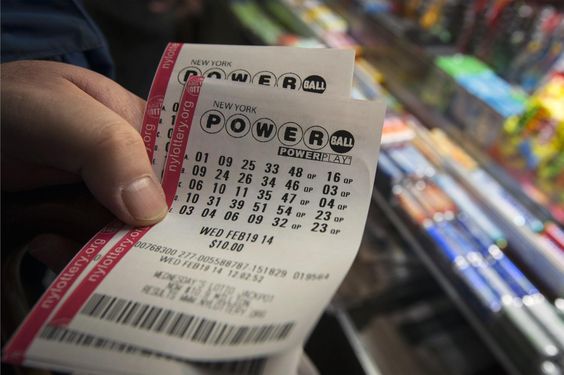Introduction
As parents navigate the complex world of school admissions, the continuing debate surrounding the postcode lottery phenomenon comes to the forefront. The term “postcode lottery” refers to the situation when students’ access to quality education is determined by their geographical location, causing disparities in educational opportunities across different regions. This article aims to explore whether the postcode lottery still plays a significant role in determining school admissions.
The Impact of Geographical Location on School Admissions
There’s no denying that where you live has a considerable impact on the quality of schools in your area. Parents often face difficult choices when it comes to securing a place for their children at a high-quality school, and many even resort to moving homes or renting temporary accommodation near desired schools to increase the chances of admission.
The role of catchment areas in creating disparities
Catchment areas operate as a critical factor that perpetuates the postcode lottery system. Schools often have specific catchment zones from which they admit students, leading to competition and heightened demand for properties located within these zones. As well-priced houses within these areas become scarce, property prices soar, making it difficult for low-income families to secure a spot in top-performing schools.
The impact of selective schools and academies
The rise of selective schools and academies across certain regions further entrenches the postcode lottery system. These institutions may admit students based on academic performance or other criteria, distinct from their geographical location. However, those who live closer might still have better access to resources such as tutoring services, extracurricular activities and transport options, ultimately giving them an advantage over students from distant or disadvantaged backgrounds.
Tackling the Postcode Lottery Problem
Several measures are being taken to address this issue:
1. Reviewing and redefining catchment areas – One potential solution involves reassessing and updating catchment areas to facilitate fairer distribution of educational resources and opportunities to students from diverse communities.
2. Implementing policies to prioritize disadvantaged students – Some schools are embarking on initiatives that prioritize admission for students from low-income families or underrepresented backgrounds. These efforts aim to ensure that a student’s socioeconomic background does not undermine their chances of accessing quality education.
3. Promoting school-based management – Allowing schools to control their guidelines and procedures for enrollment can encourage innovation and provide more flexibility in the admission process, potentially minimising postcode-related disparities.
Conclusion
While various efforts are underway to tackle the postcode lottery in school admissions, it remains a significant concern for many parents and educators. Continued collaboration between government, schools, and local communities is vital in ensuring equal educational opportunities for every student, regardless of their postcode. Hopefully, such efforts will soon lead to a future where the quality of a child’s education is no longer dependent on their geographical location.





